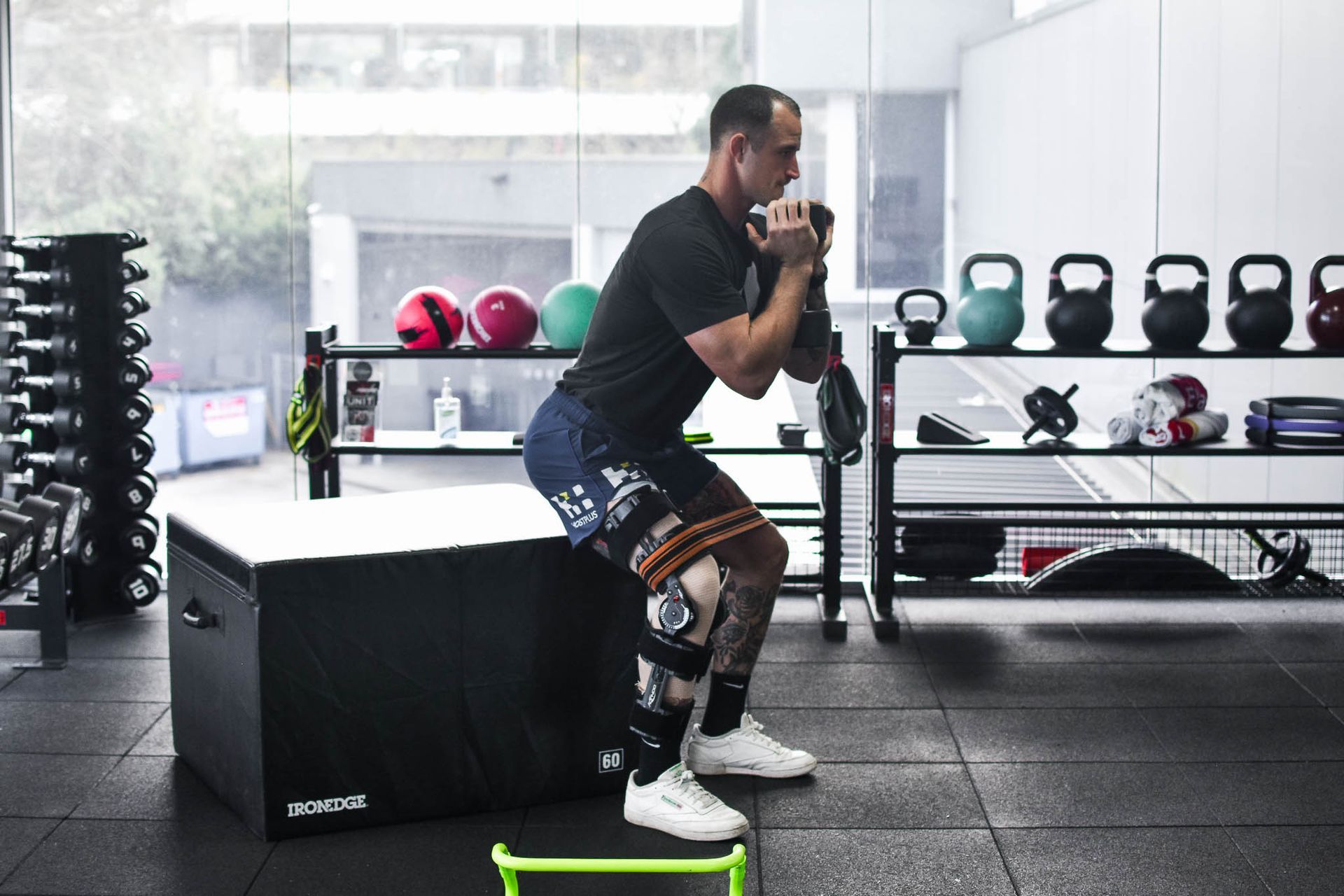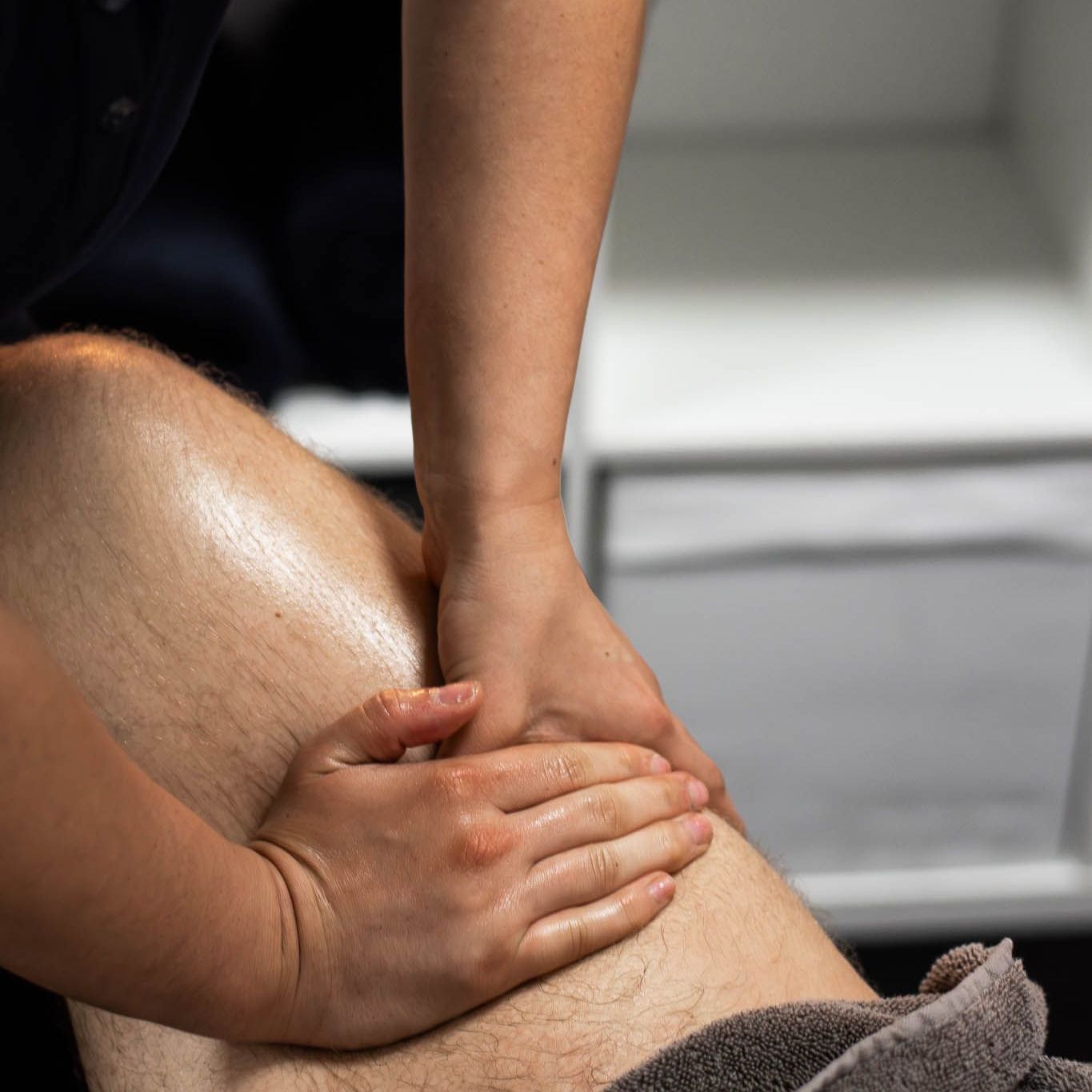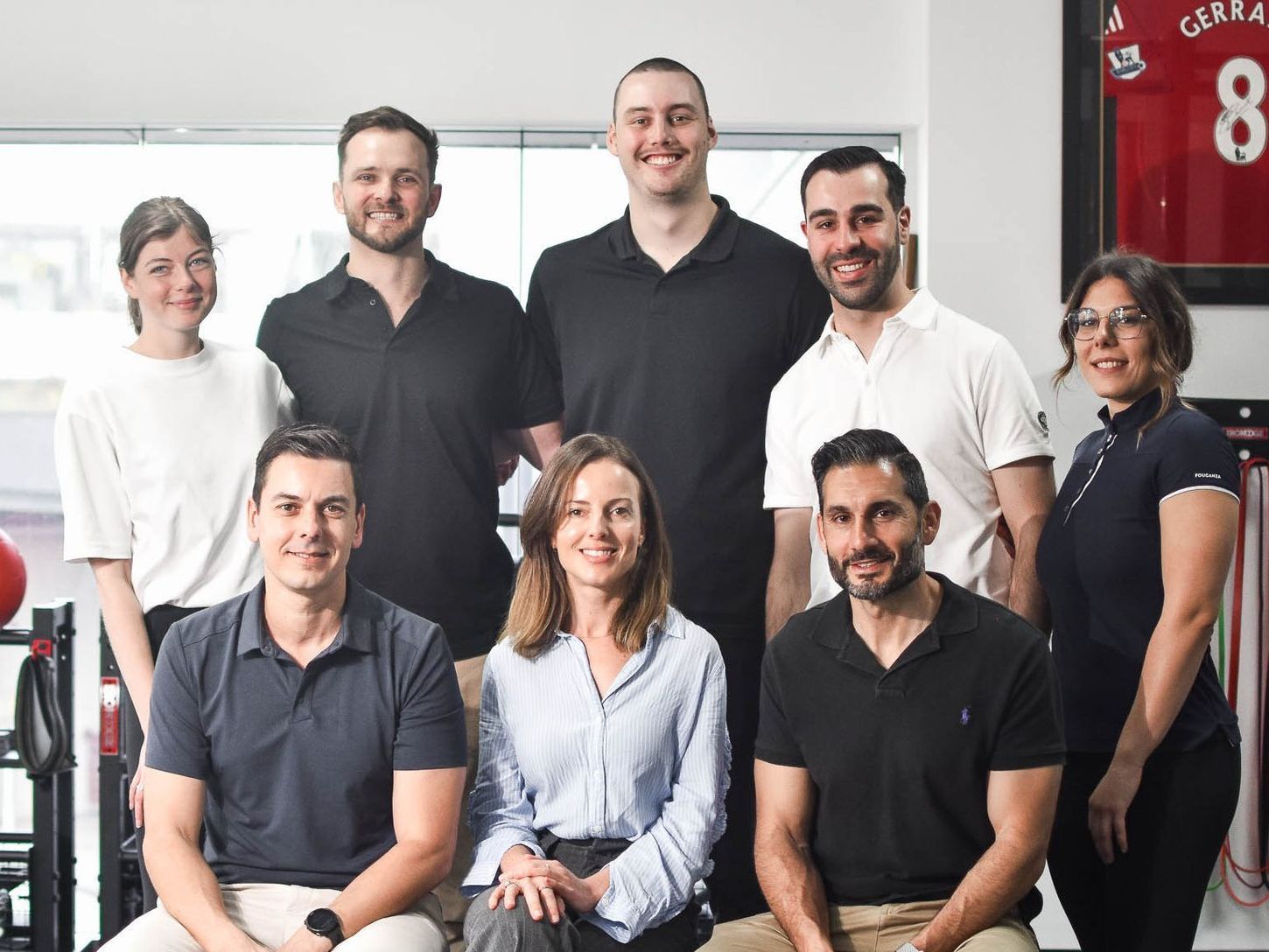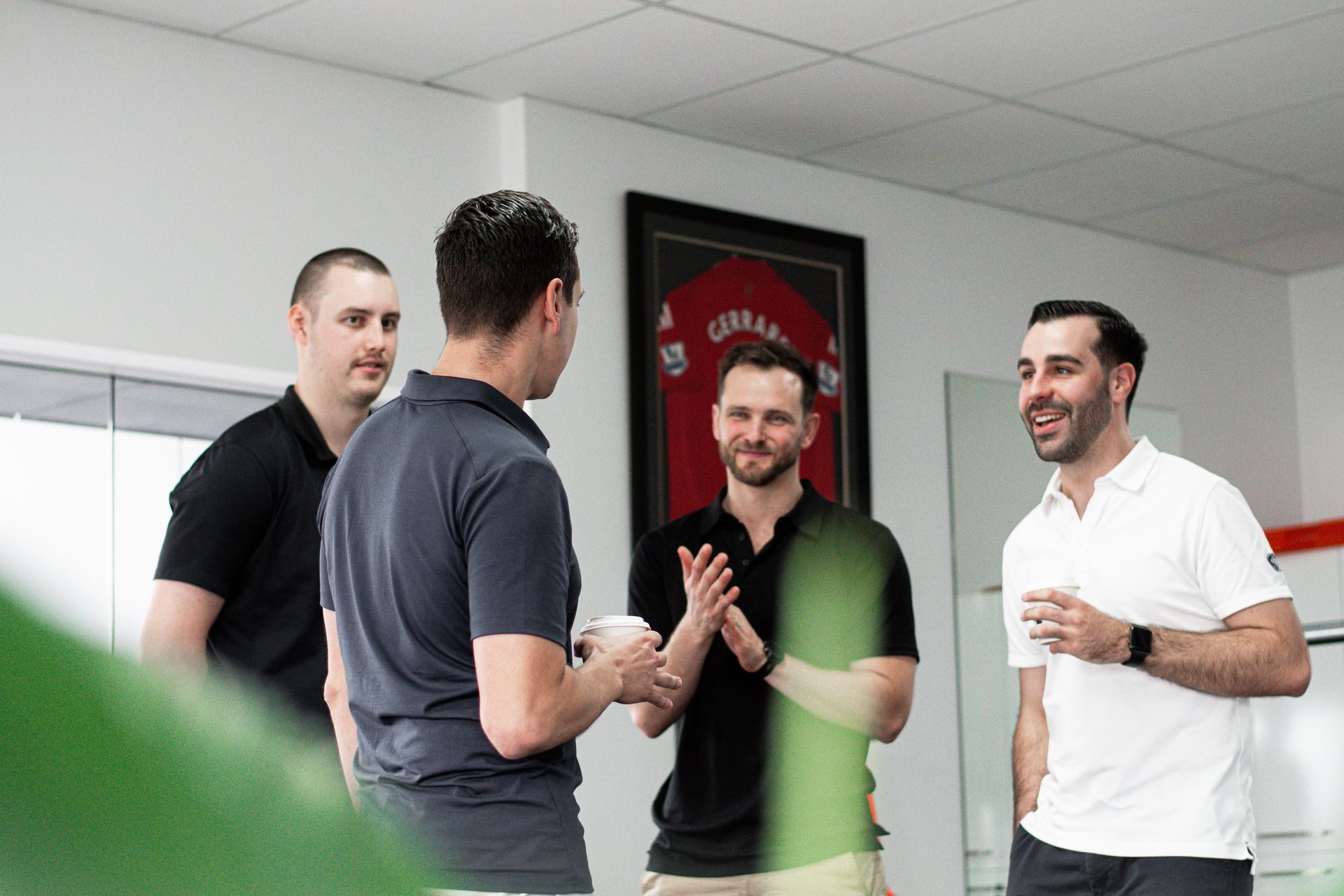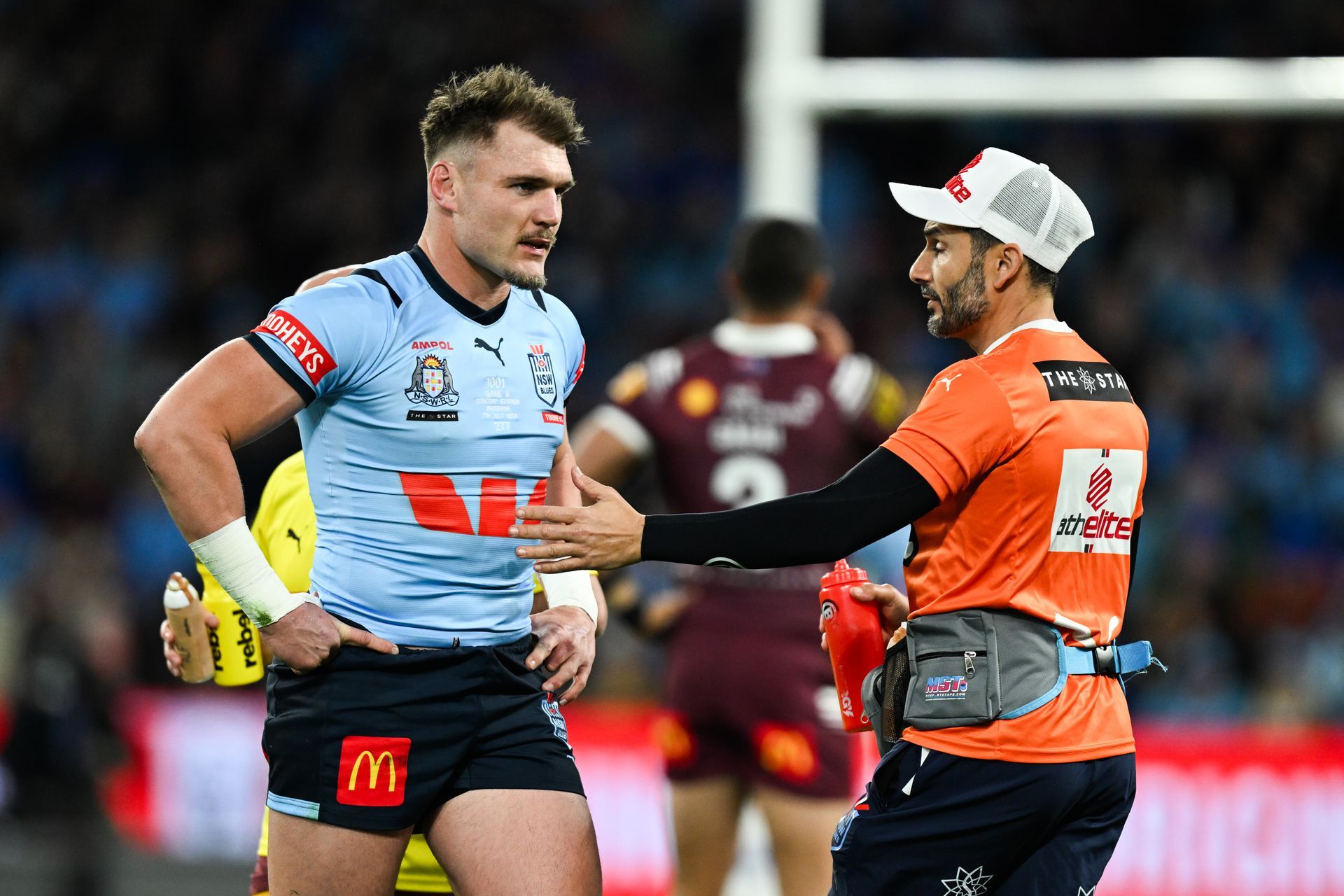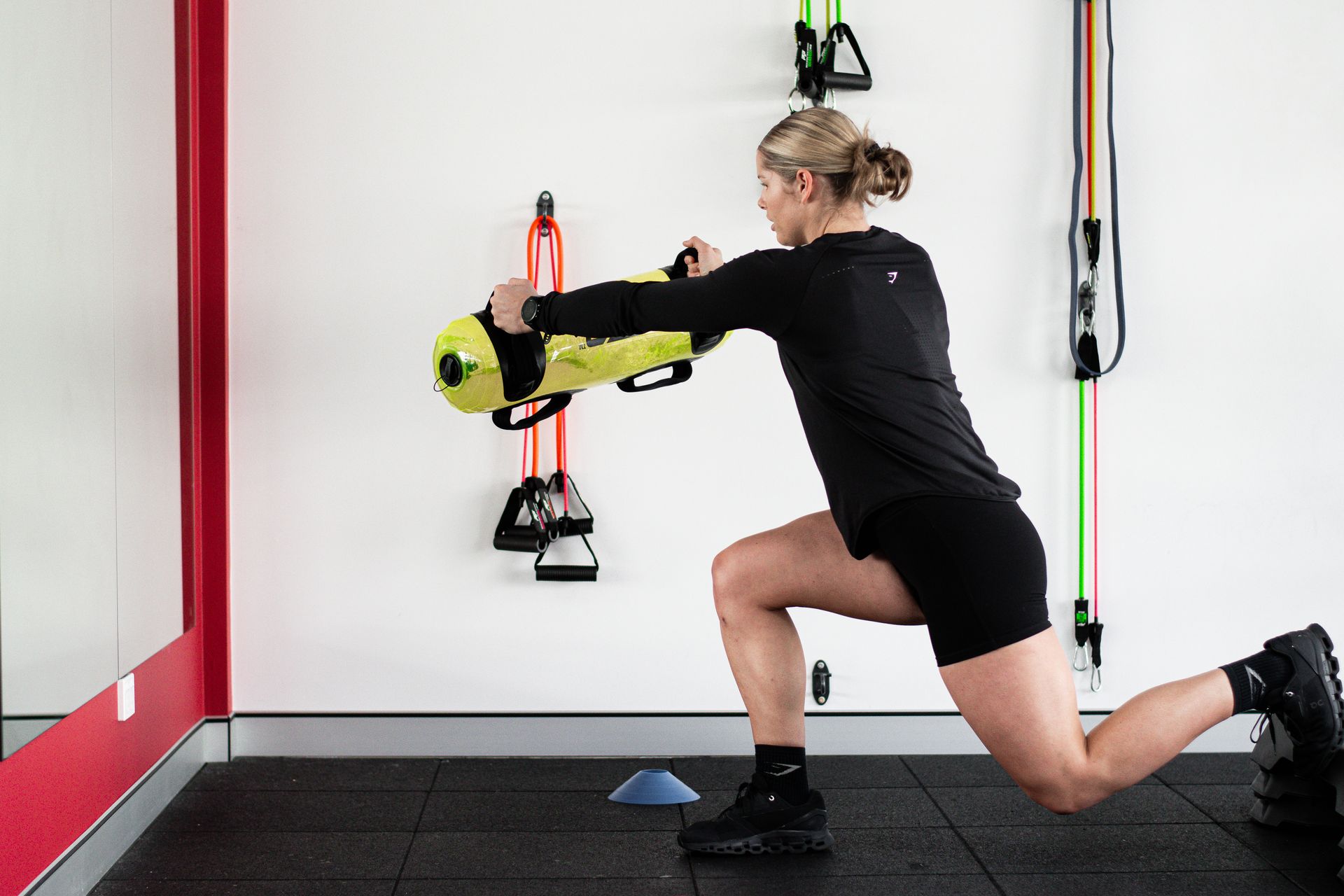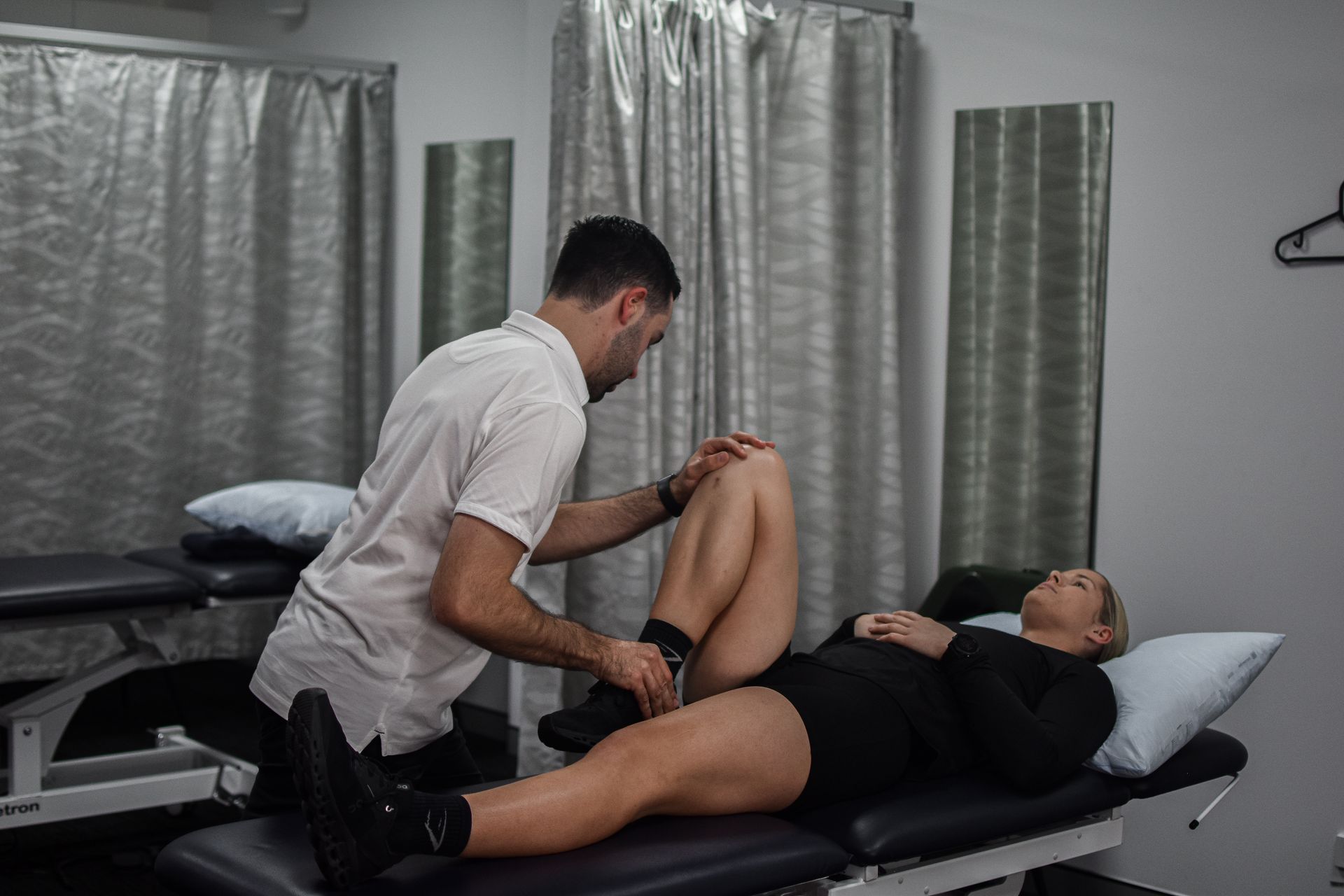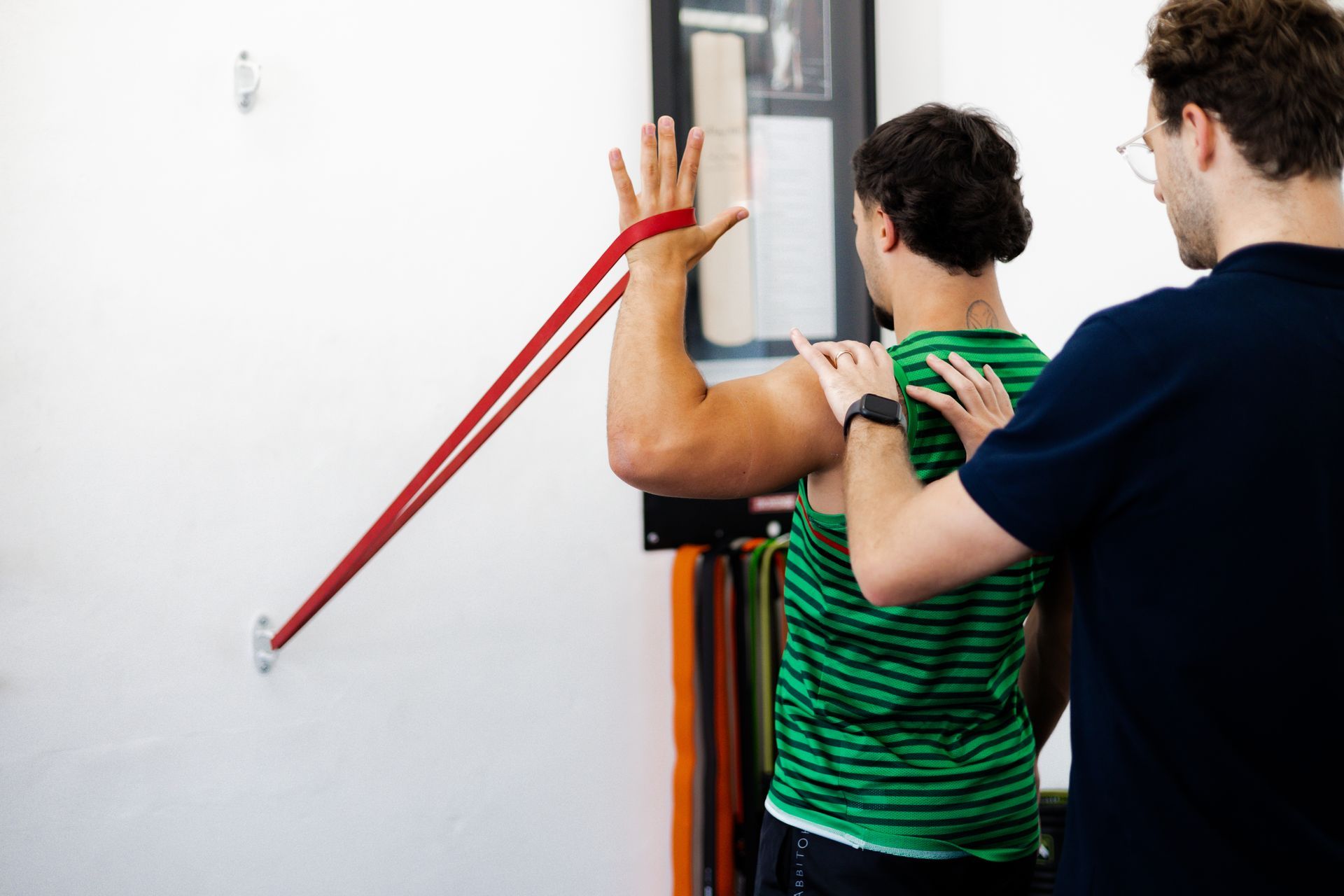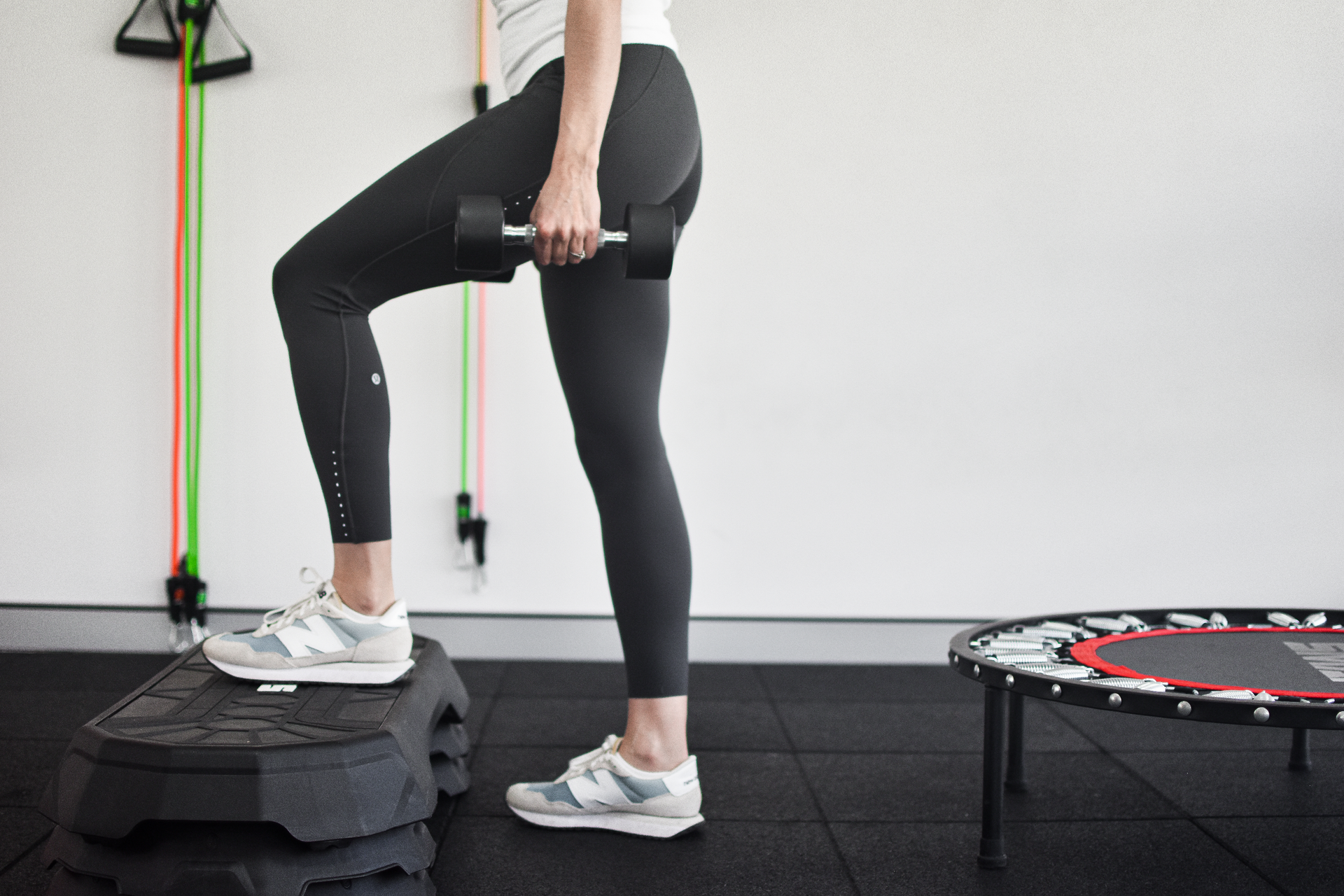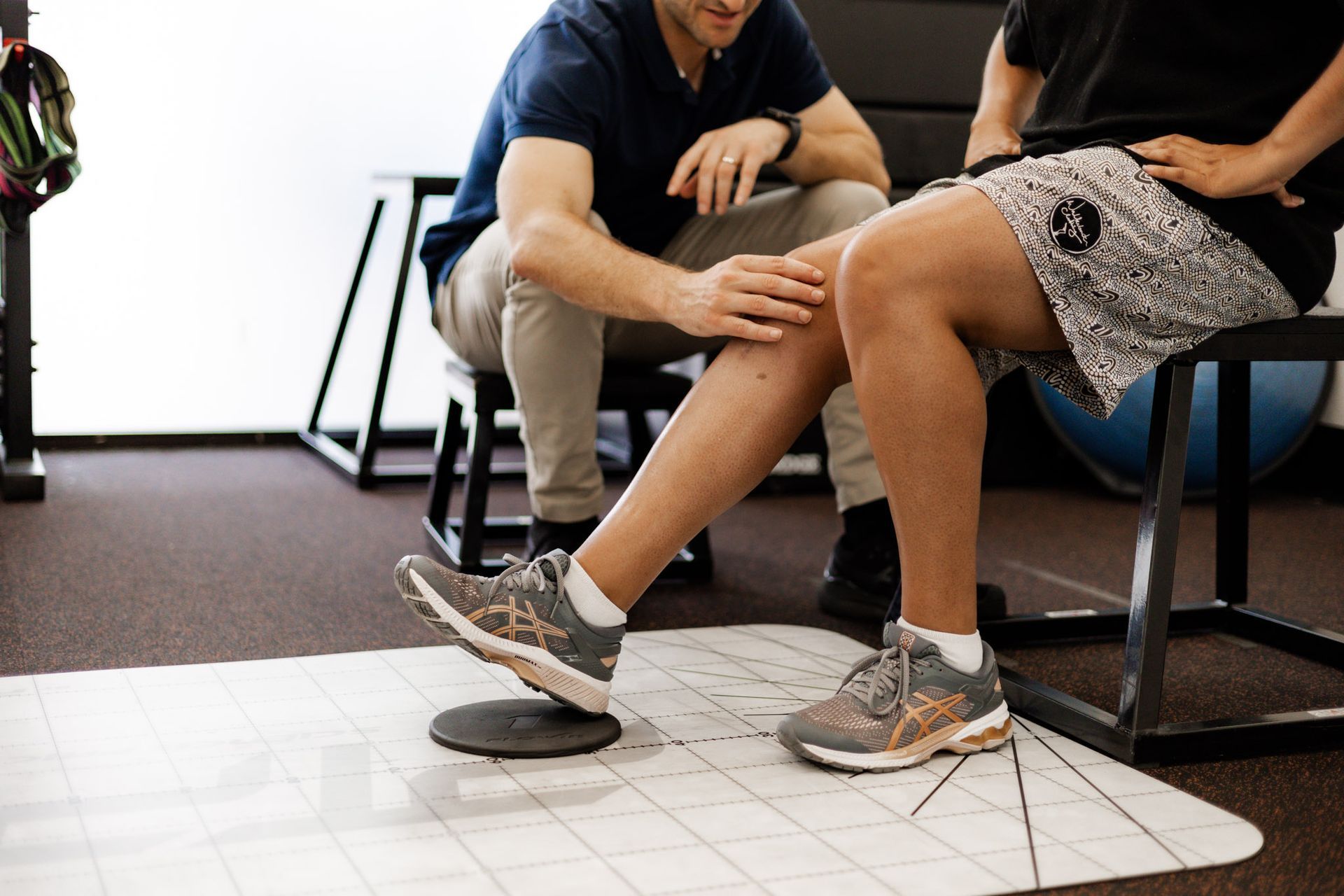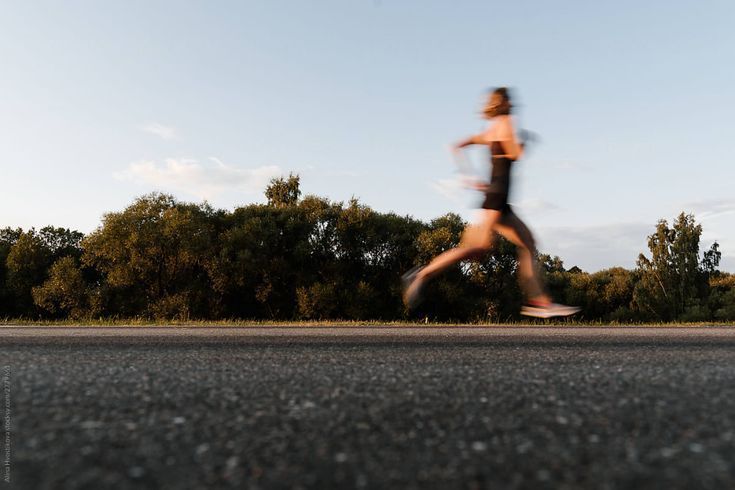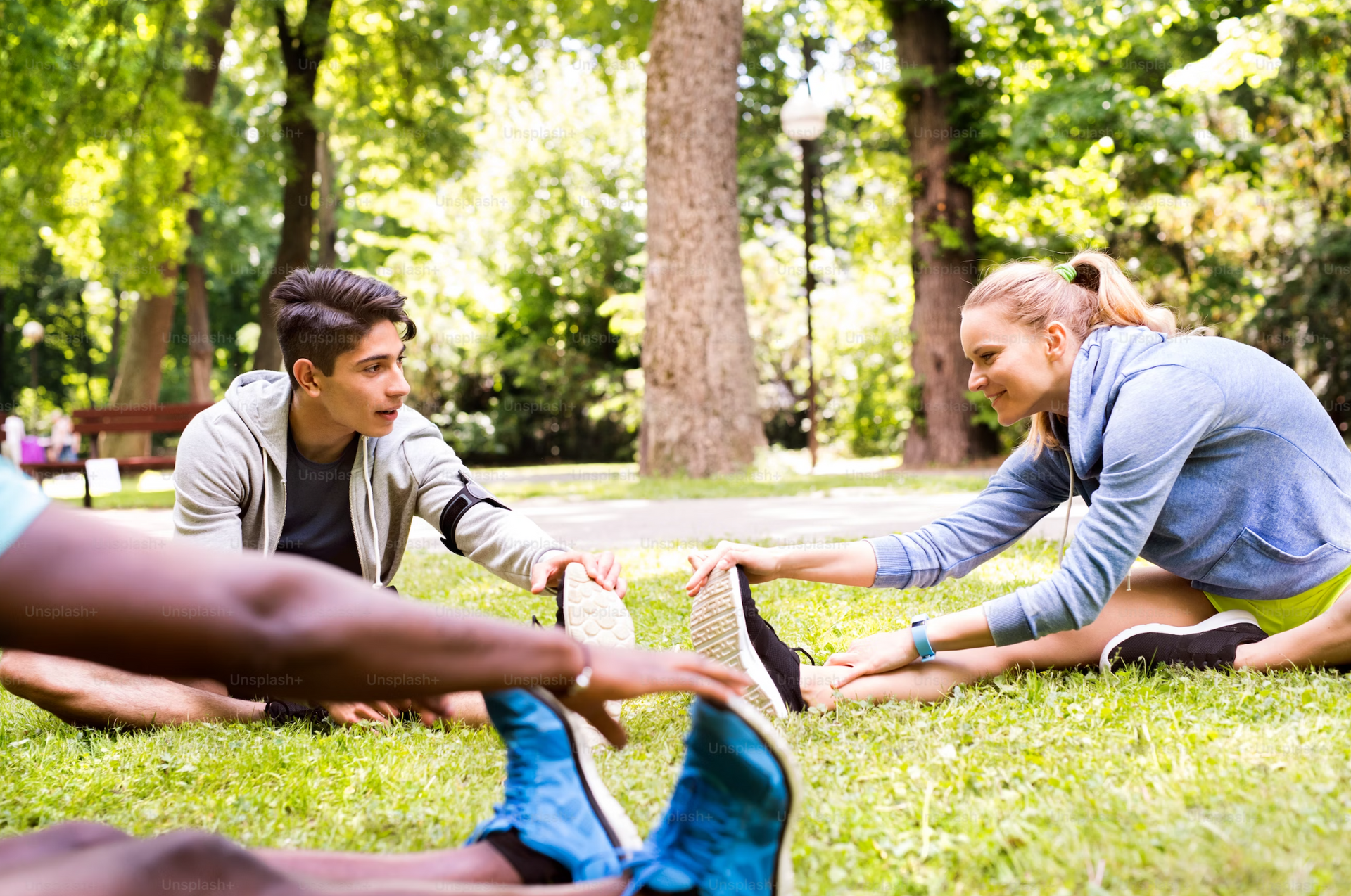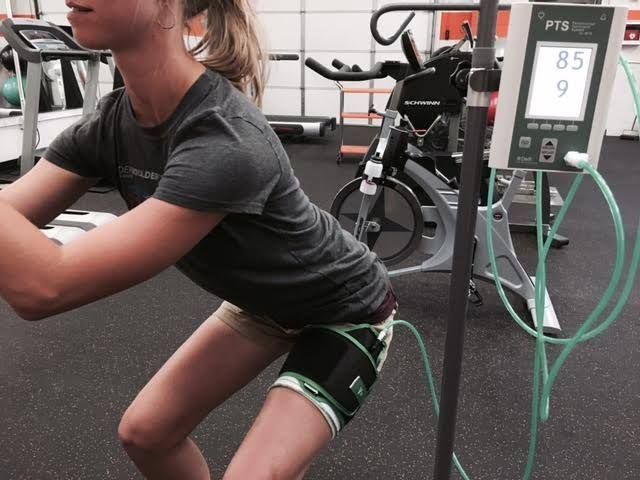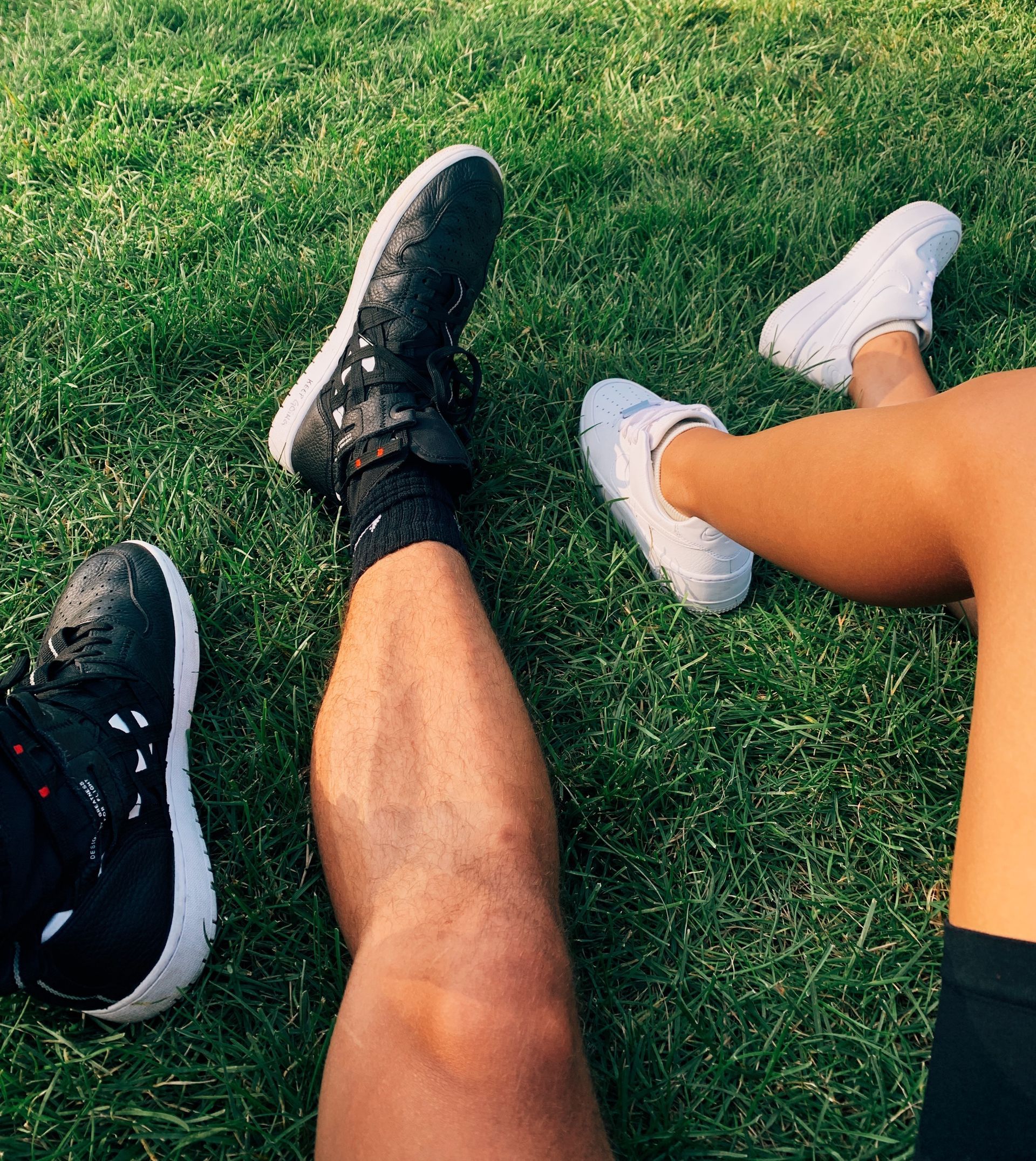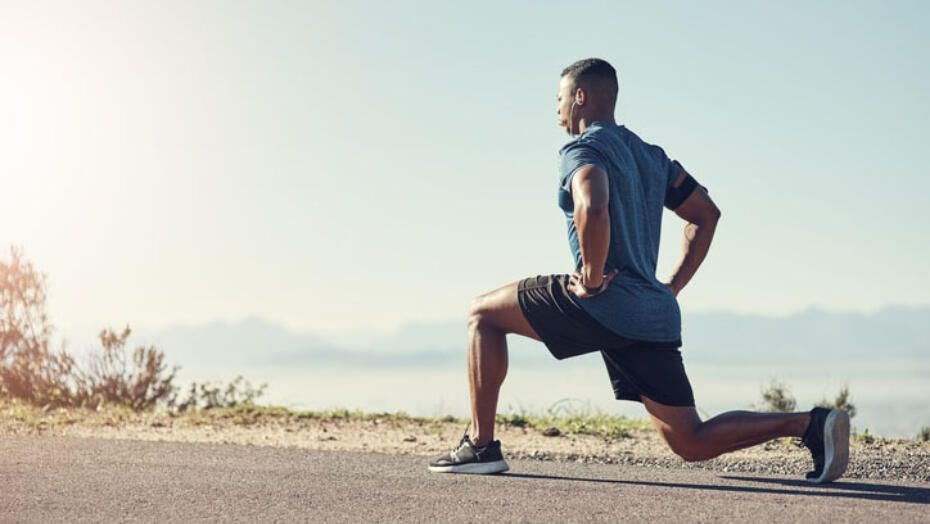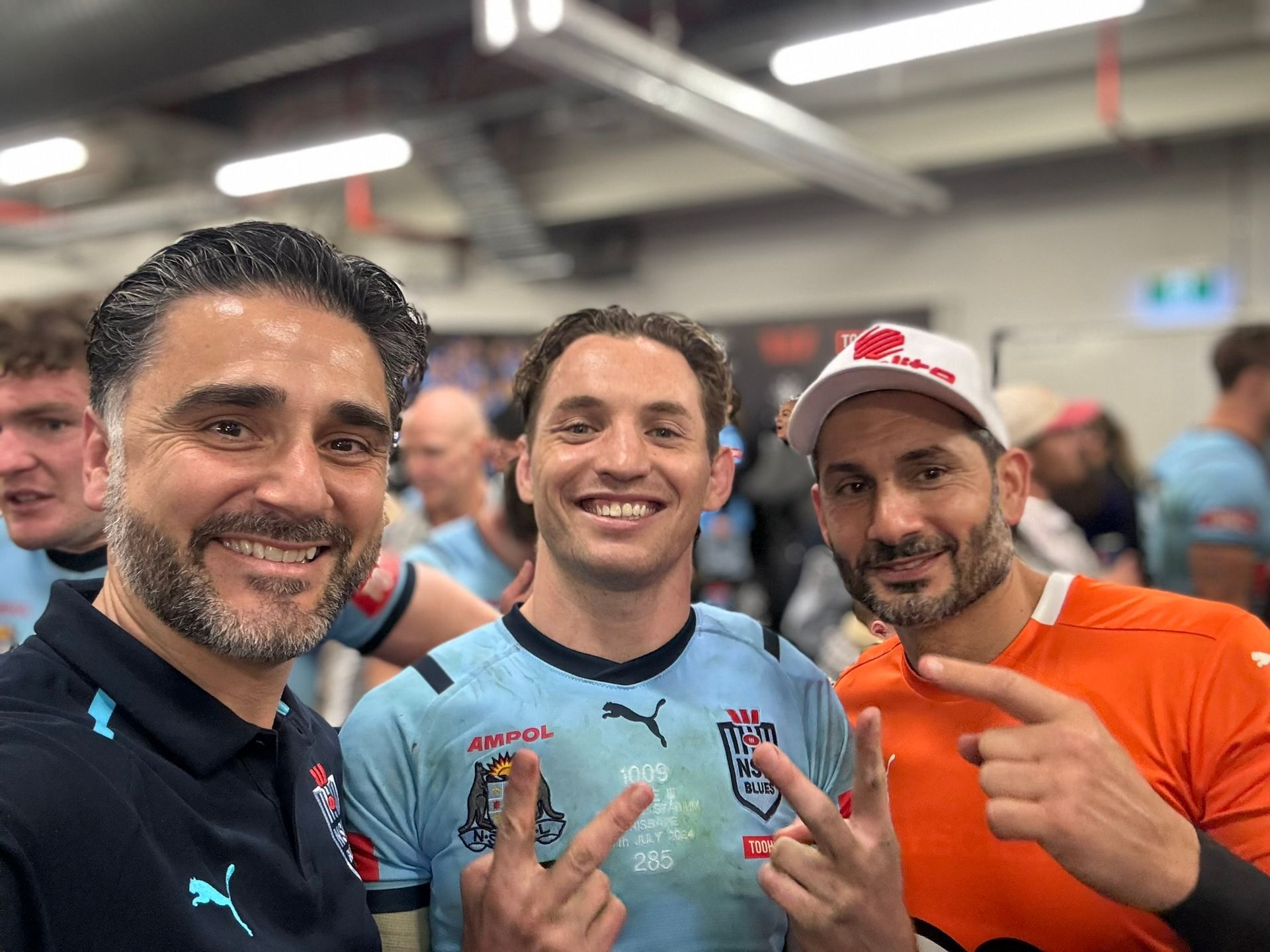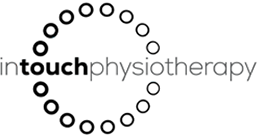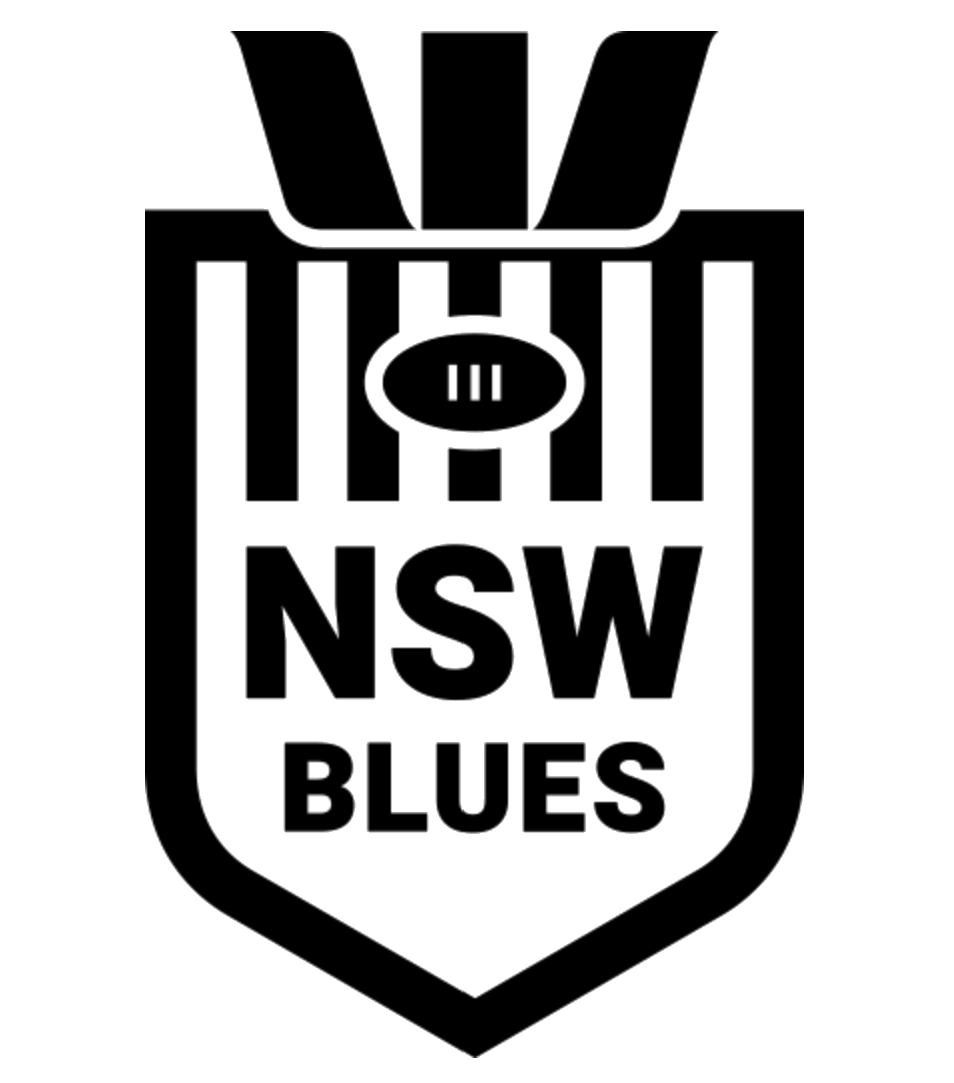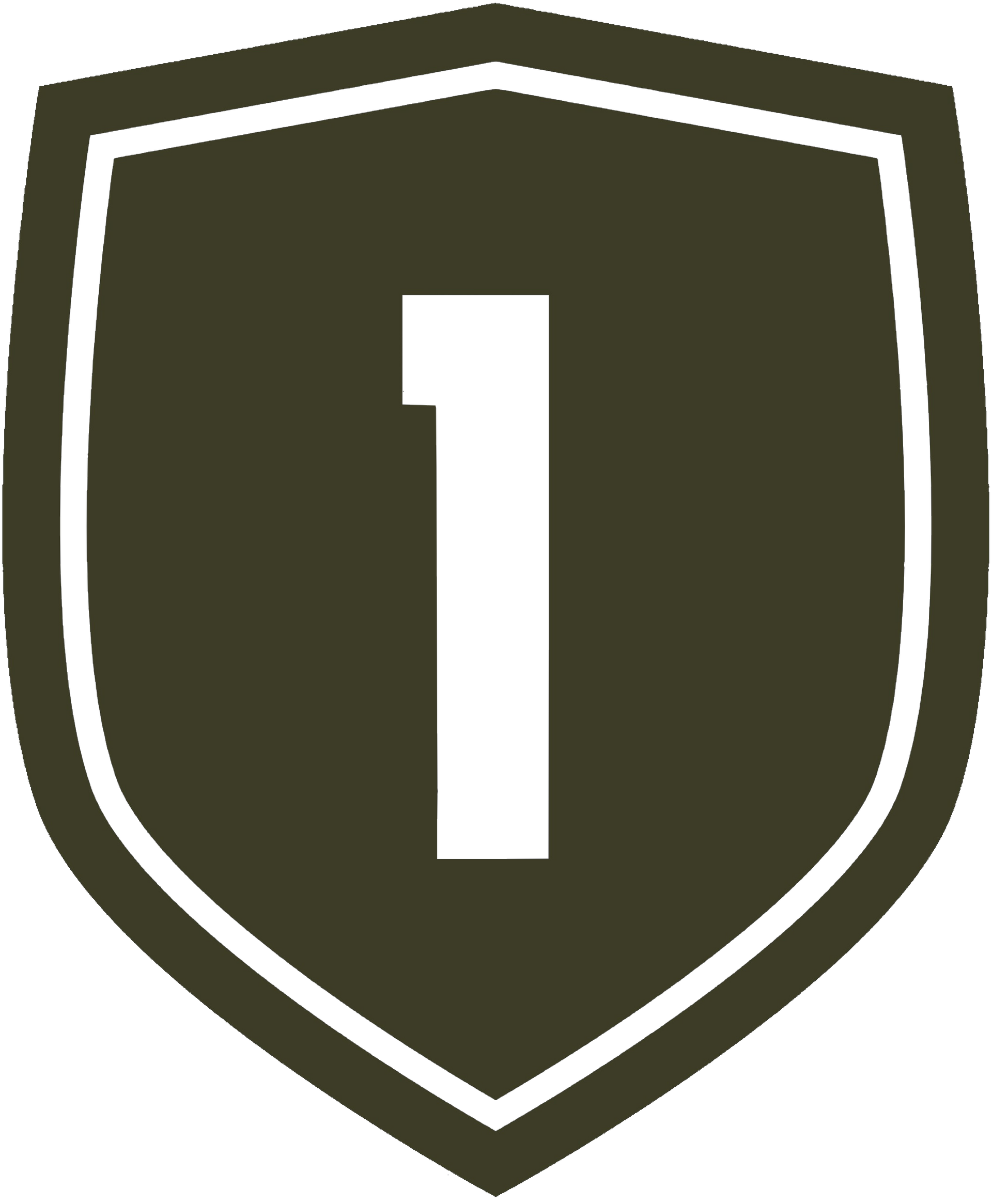Can the ACL Heal?
Torn ACL
The Anterior Cruciate Ligament (ACL) is the most important stabilising structure within the knee joint, most commonly injured through either a contact (eg being tackle) or non-contact (change of direction) mechanism. The classic symptoms are often reported to be hearing/feeling a pop in the knee joint, immediate swelling, and pain as well as feelings of instability.
Typically, hands on clinical assessments are very good at diagnosing an ACL rupture, however, imaging such as MRI is often used to assess whether there are any secondary injuries to other structures within the knee which may impact management.
We are so used to hearing about ACL injuries being season ending events reported within most sports media outlets, with many athletes going on to have around a 9–12-month rehabilitation before returning to sport.
It was widely accepted at one time that there are only 2 options for rehabilitation when someone has torn their ACL, either to have surgical reconstruction of the ACL ligament, using either a hamstring or patella tendon graft, or conservatively managing without an intact ligament through strengthening the muscles around the knee to provide stability.
However, there have been recent studies which have shown some spontaneous healing of ACLs on MRI imaging in patients who have undertaken conservative rehabilitation (Costa-Paz et al. 2012, Filbay et al. 2022)
So, it begs the question, surgical or conservative management? Well, what if there was a 3rd option?
The Cross Bracing Protocol
Exciting new findings were presented by Dr Tom Cross, a local Sydney Sports Physician, during a lecture held by the Australian Physiotherapy Association exploring the utilisation of a novel bracing protocol to promote natural healing of the ACL. The protocol is described as 4 weeks in a Range of Motion brace locked at 90 degrees of knee bend, with the next 8 weeks the brace slowly being let out to full knee extension. The reason for this is that by placing the knee in that position, it allows for the greatest chance for the two torn ends of the ACL to be aligned as closely as possible and hopefully lead to healing.
Dr Cross’ preliminary work has shown that by following this protocol, 82 out of 84 patients demonstrated a healed ACL at 6 months post injury.
Whilst there are many factors that go into which patients are offered the protocol and which have the greatest chance of healing, this case series demonstrates that there is an ability for the ACL to be able to heal on its own. This would allow for patients to be able to avoid possible risks of surgery, such as infection, whilst also having an intact ACL which would arguably allow them to return to sport in a quicker time frame.
If you currently have an ACL injury or any knee injury which requires rehabilitation, you can book online via the website or chat to our friendly staff on 9194 1800 to book a detailed initial assessment and management plan to get you back to doing the things you love!
References:
Costa-Paz, Ayerza, M. A., Tanoira, I., Astoul, J., & Muscolo, D. L. (2011). Spontaneous Healing in Complete ACL Ruptures: A Clinical and MRI Study. Clinical Orthopaedics and Related Research, 470(4), 979–985. https://doi.org/10.1007/s11999-011-1933-8
Filbay, Roemer, F., Lohmander, S., Turkiewicz, A., Roos, E. M., Frobell, R., & Englund, M. (2022). 32 Spontaneous healing of the ruptured anterior cruciate ligament: observations from the KANON trial. BMJ Open Sport & Exercise Medicine, 8(Suppl 1), A3–A3. https://doi.org/10.1136/bmjsem-2022-sportskongres.
